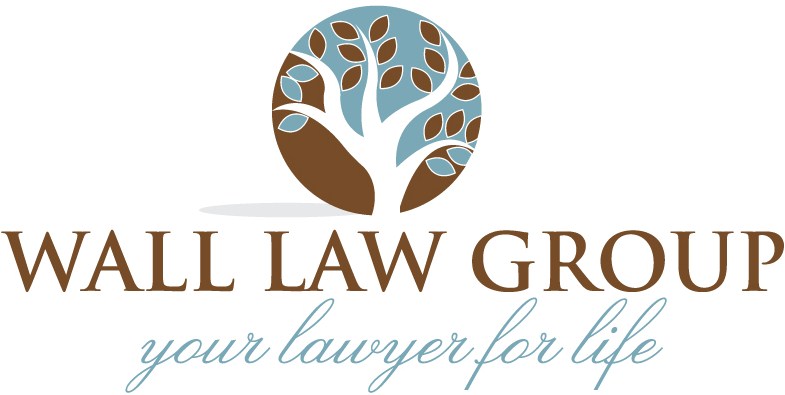Updating your estate plan regularly helps ensure that your assets are distributed as you intend, your beneficiaries are properly provided for, and your chosen decision-makers are still able and willing to serve.
States With the Highest and Lowest Assisted Living Costs
 Today, 58 million adults in the United States are 65 and older. Seniors make up more than 17 percent of the American population. The U.S. Census Bureau expects this number to reach 83.7 million by 2050.
Today, 58 million adults in the United States are 65 and older. Seniors make up more than 17 percent of the American population. The U.S. Census Bureau expects this number to reach 83.7 million by 2050.
Meanwhile, one in every seven older adults will at some point need to rely on long-term care services in their later years. As a result, the growing number of aging Americans is creating an increased need for assisted living options.
What Is Assisted Living?
Assisted living is one type of long-term housing and care option for seniors. These facilities offer residential housing for older adults who need assistance with activities of daily living (ADLs). ADLs include such everyday tasks as bathing, dressing, preparing one’s meals, housekeeping, and managing one’s medication. Unlike nursing homes, assisted living facilities do not provide around-the-clock medical care to their residents.
The National Center for Assisted Living reports that there are currently more than 30,600 assisted living facilities and 1.2 million licensed beds in the U.S. According to the National Investment Center for Seniors Housing and Care, the senior housing occupancy rate rose for the ninth consecutive quarter, just surpassing 84 percent in late 2023. (The pre-pandemic rate, as of the first quarter of 2020, was 87 percent.) With this rising occupancy rate, the demand for assisted living is outpacing the number of beds available.
Seniors seeking information on assisted living options may find recent data from the Seniorly Resource Center particularly useful. The Center’s newly issued 2024 report sheds light on the costs of assisted living – from the most to the least expensive – across the U.S.
The Cost of Assisted Living
Across the country, assisted living costs an average of $4,401 monthly, increasing by 8 percent from 2021 to 2023.
During this timeframe, average assisted living costs grew in 30 states, remained about the same in six states, and fell in 15 states.
- Wyoming saw the most considerable increase. There, assisted living costs leapt by 53 percent between 2021 and 2023, from an average of $3,845 per month to $5,894 per month.
- In both New Hampshire and West Virginia, average fees rose by 46 percent. With average monthly costs rising from $5,644 to $8,248 in New Hampshire, it stands as the single most expensive state for assisted living. In West Virginia, assisted living prices went from $3,327 to $4,846 per month.
- Fees decreased by 15 percent in three states between 2021 and 2023. In Indiana, average monthly costs reduced from $4,328 to $3,695. Iowa fees lowered from $4,013 to $3,420. Washington State’s monthly assisted living fees went from $4,995 to $4,176 on average.
The Most Expensive, and Most Affordable, States for Assisted Living
While the prices of assisted living options can vary even within states, the findings identified the states with the highest and lowest fees on average.
As mentioned above, New Hampshire has the highest average monthly cost of assisted living at $8,248. Meanwhile, Louisiana has the lowest average monthly rate of $2,946.
The 10 most expensive states for assisted living, with monthly costs averaging above $5,000, are mainly located in New England and the Mid-Atlantic, reflecting the number of higher-end options available in these regions.
In-Home Care
Many seniors and their families may weigh assisted living against in-home care. Similar to assisted living, in-home care varies in affordability across states. An in-home aide costs an average of $5,462 per month in the United States.
- Minnesota is the most expensive state for home health aides, costing an average of $7,333 per month. Compared with in-home care, assisted living is in fact more affordable there, with an average cost of $3,472 per month.
- In West Virginia, home health costs an average of $3,793 per month, while assisted living costs an average of $4,846.
Weighing the pros and cons of assisted living versus in-home care remains essential. One 2022 study suggested that many seniors relying on in-home care were missing out on necessary assistance compared with those living in a residential facility setting.
Paying for Assisted Living
In addition to the rising costs of assisted living in many places, the Seniorly report points out that inflation has exceeded the Federal Reserve’s 2 percent target since March 2021. In addition, The New York Times also reports that senior living costs have risen faster than inflation.
Given the high costs of assisted living and in-home care, paying for care can be challenging for many families. Medicare does not cover assisted living room and board. Medicaid generally does not cover these costs, either; however, numerous states offer Medicaid assisted living waivers that can help. Unfortunately, waiting lists for such waivers may be lengthy.
According to Seniorly’s report, the typical American must save for about 17 years to be able to afford a single year of assisted living costs. To calculate this, it used the Census Bureau’s 2022 median annual household income and assumed 4.1 percent savings. Based on these estimates, it would take nearly 27 years of savings to pay for a year of assisted living in New Hampshire or about 12 years to afford a year of assisted living in Maryland.
Navigating Senior Care: Speak With Your Elder Law Attorney
Your elder law attorney can help you or your loved one organize strategies for affording long-term care. Contact them today to create a long-term care plan that will work for you.
